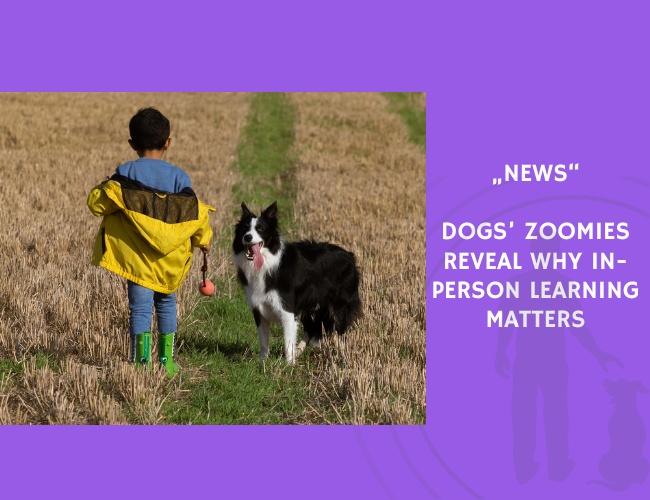Géraldine Coppin and Michael L. Onofrio (2024) explored how common dog behaviors such as zoomies, sticking their noses out of car windows, and intense sniffing during social encounters illustrate the role of sensory engagement in communication and learning. Dogs rely heavily on olfaction to process and share information, and these energetic behaviors reflect the importance of direct, embodied interaction.
The authors argue that while humans tend to underestimate their own olfactory capacity, research shows that people also learn and remember better through smell, sometimes even surpassing dogs in specific odor recognition tasks. These insights challenge the common belief that smell is secondary for humans.
By drawing an analogy between dogs’ zoomies and human meetings, Coppin and Onofrio highlight the limitations of virtual communication. Just as dogs thrive on sensory-rich play and olfactory exploration, humans benefit from in-person interactions that engage multiple senses. Virtual meetings, in contrast, strip away key sensory channels, which may reduce both engagement and memory retention.
This interdisciplinary perspective underscores the neuroscientific and behavioral evidence linking embodied, multi-sensory contexts with more effective learning and social bonding. The findings extend beyond canine behavior to suggest that for humans, physical presence enhances cognitive performance, while virtual substitutes remain incomplete.
Source: Coppin, G., & Onofrio, M. L. (2024). Why dogs prefer zoomies to zoom and what it tells us about the importance of in-person meetings for learning and memory. Journal: Cognitive Processing, Volume 26, Pages 231–234. Publication Date: 2024-10-14. Authors: Géraldine Coppin, Michael L. Onofrio.










